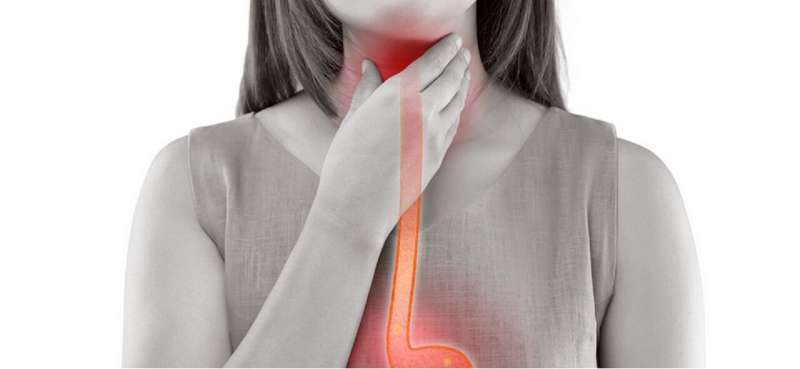Recognizing the Hidden Signs of Androgen Excess in Women

Many women with excess androgens experience symptoms like acne, hair loss, and irregular periods, often dismissed as cosmetic. Early diagnosis and holistic care are vital for better health outcomes.
Symptoms of androgen excess in women are often overlooked or dismissed as merely cosmetic concerns, leading to delayed diagnosis and treatment. Common indicators include persistent acne, hair thinning on the scalp, and unwanted facial hair growth. Other symptoms like irregular menstruation, mood swings, and unexpected weight gain can also be signs of a hormonal imbalance caused by excess androgens.
Androgens are typically labeled as 'male hormones,' but women naturally produce them too. When levels become abnormally high, they can disrupt multiple bodily systems, impacting menstrual cycles, fertility, metabolism, and mental health. Due to the visible nature of some symptoms, such as acne and hirsutism, their underlying causes are often dismissed as purely cosmetic issues, which prevents many women from receiving appropriate care.
Polycystic ovary syndrome (PCOS) is the most common known cause of androgen excess, affecting up to 13% of women worldwide and incurring significant healthcare costs. However, PCOS is not the only condition responsible. Other causes include hormone-secreting tumors, congenital adrenal hyperplasia, Cushing's syndrome, and severe insulin resistance. Misdiagnosis as just PCOS can delay the identification and management of these more serious conditions.
The effects of androgen excess go beyond skin symptoms. It is linked to metabolic issues like insulin resistance, increased risk of type 2 diabetes, higher body weight, high blood pressure, liver disease, and cardiovascular problems. For many women, hormonal imbalance can also cause mental health challenges such as anxiety and depression.
Despite these serious implications, hormonal health is often treated as an afterthought. Women frequently experience years of misdiagnosis, dismissive attitudes from healthcare providers, and minimal treatment options, often limited to contraceptive pills. The term 'PCOS' itself can be misleading, as it does not accurately reflect the disorder's complex nature, fueling misconceptions and underdiagnosis.
Progress has been made with new clinical guidelines issued in 2024 for better diagnosis and management, recognizing androgen excess can affect women at all ages. Still, improvements require increased research funding, better training for healthcare professionals, and accessible, clear information for women. Empowering women to advocate for their health and adopting holistic, multidisciplinary care approaches are essential to address the multifaceted impact of androgen excess.
Recognizing and treating androgen excess is crucial for improving women's physical and mental health. Raising awareness and improving clinical practices can ensure symptoms are taken seriously and managed effectively, ultimately enhancing quality of life for affected women.
Stay Updated with Mia's Feed
Get the latest health & wellness insights delivered straight to your inbox.
Related Articles
Enhanced Management of Childhood EoE Inflammation Reduces Esophageal Stiffness
Controlling eosinophilic esophagitis (EoE) inflammation early in childhood reduces esophageal stiffening, lowering the risk of strictures and long-term complications, according to new research.
Addressing Asthma Challenges in Detroit: Strategies to Help Children Breathe Easier
Detroit faces high childhood asthma hospitalization and death rates, driven by pollution and socioeconomic factors. Learn strategies to help children breathe easier.
FDA Upgrades Dubai Chocolate Spread Recall to Level 1 Due to Salmonella Threat
The FDA has escalated the recall of Dubai's popular chocolate spread due to salmonella contamination, posing serious health risks. Learn about the affected products and safety measures.
New Canadian Guidelines Present Multiple Strategies to Aid Tobacco Cessation
Canada's new medical guidelines provide a comprehensive, evidence-based menu of behavioral and pharmacological options to support individuals in quitting smoking, aiming to reduce preventable health issues related to tobacco use.



